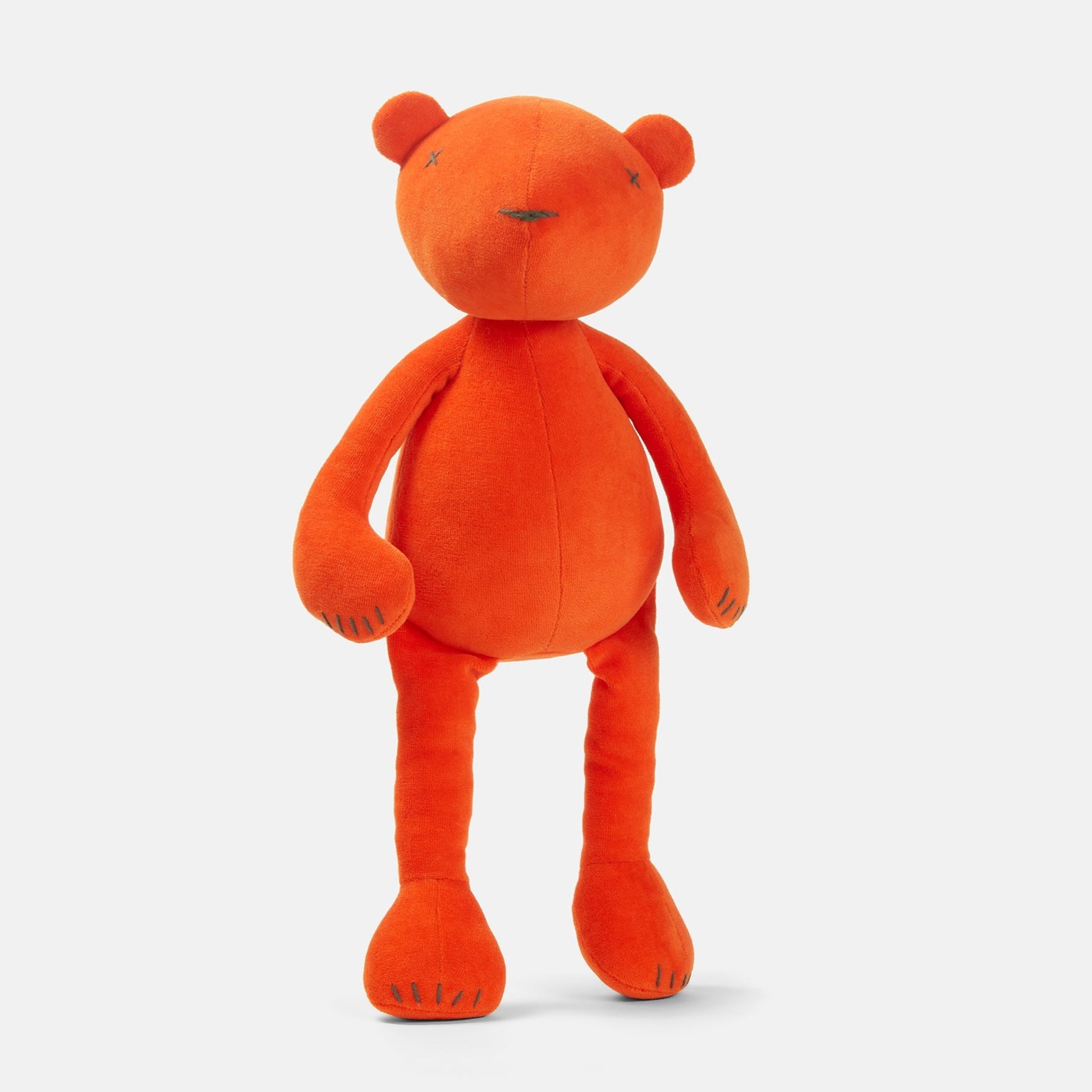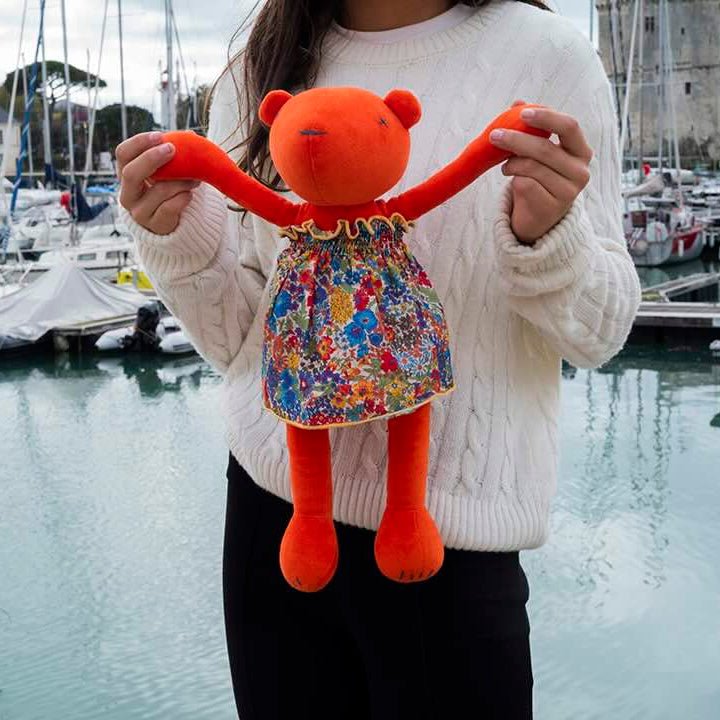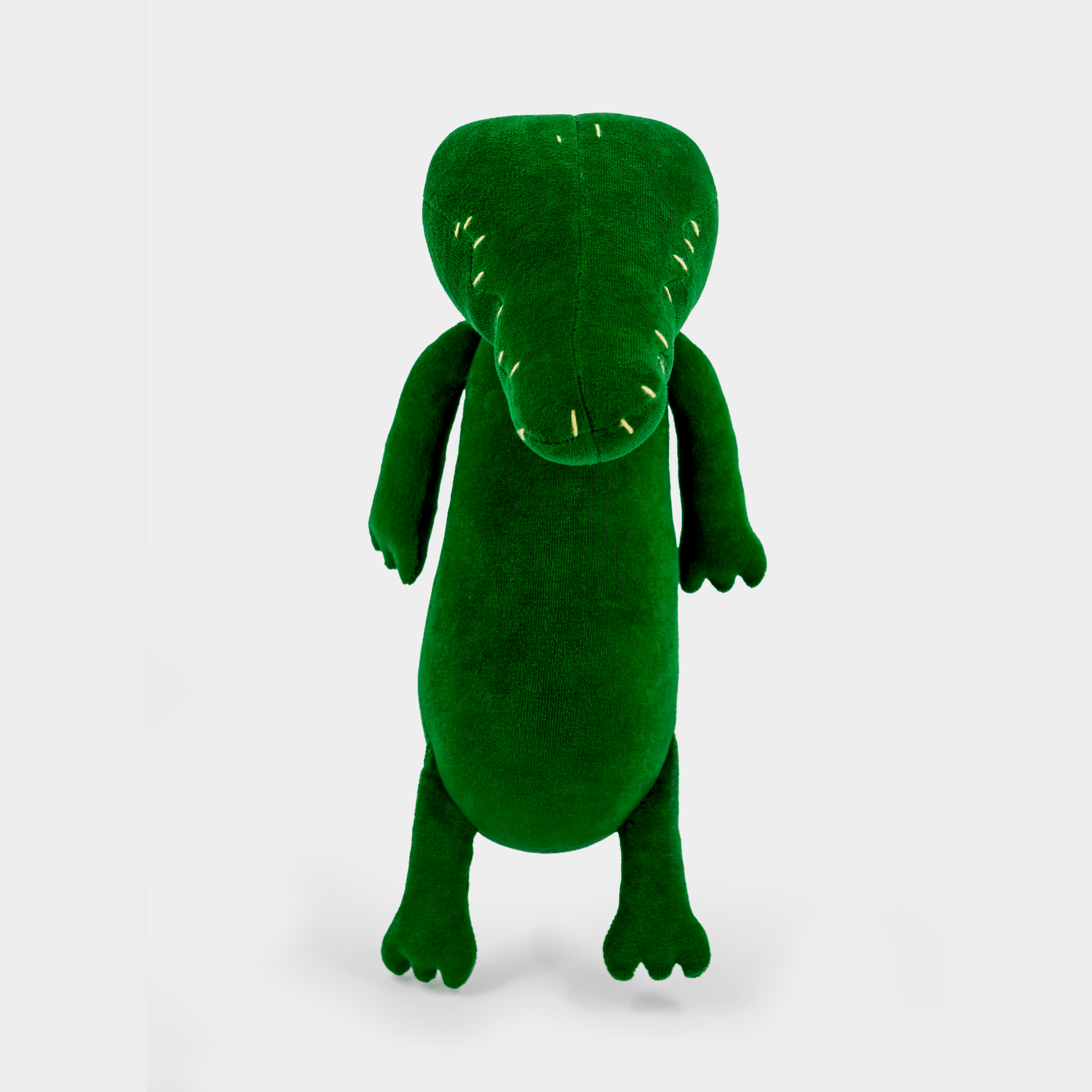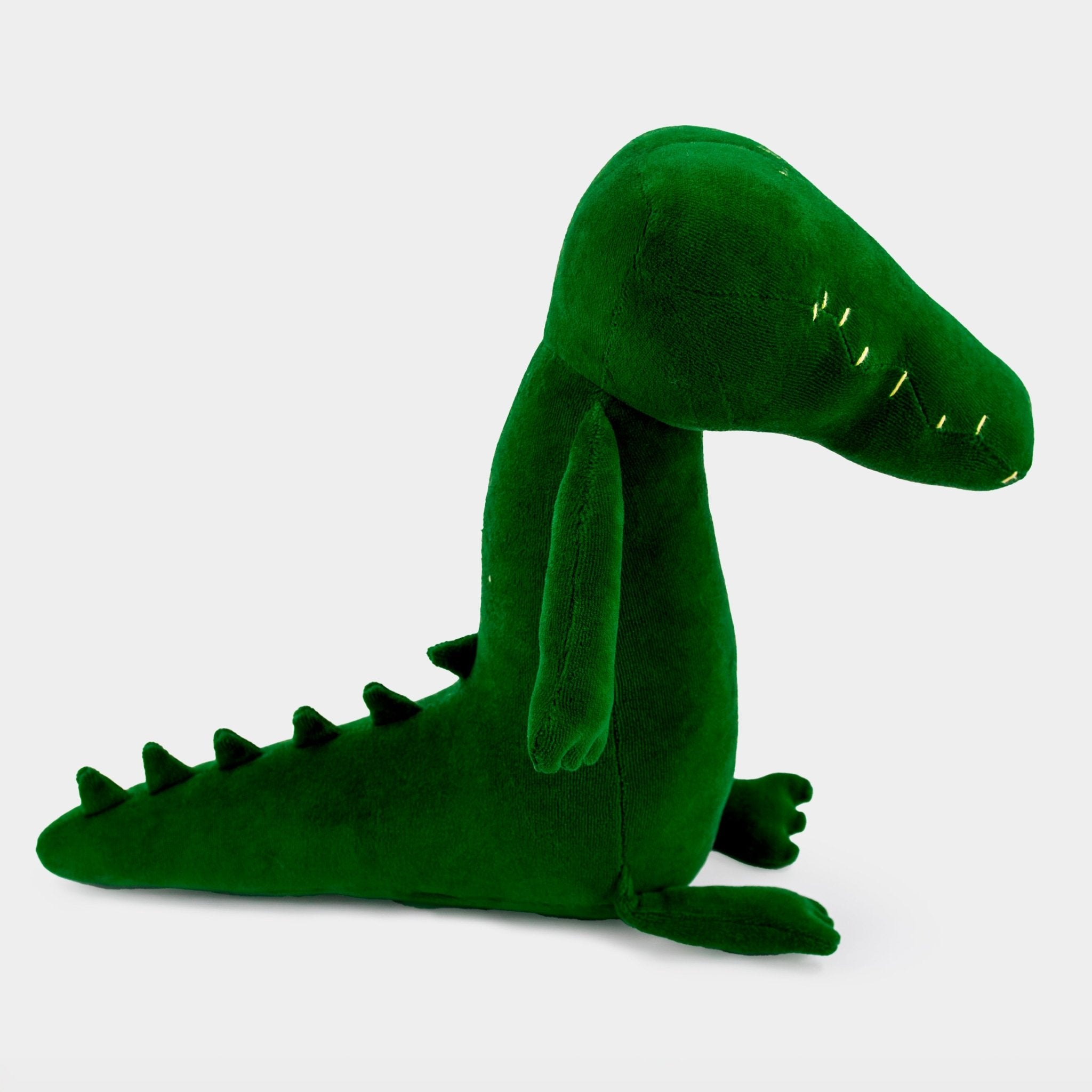Article: CUDDLY TOYS, MARVELLOUS COMPANIONS FOR GROWING UP
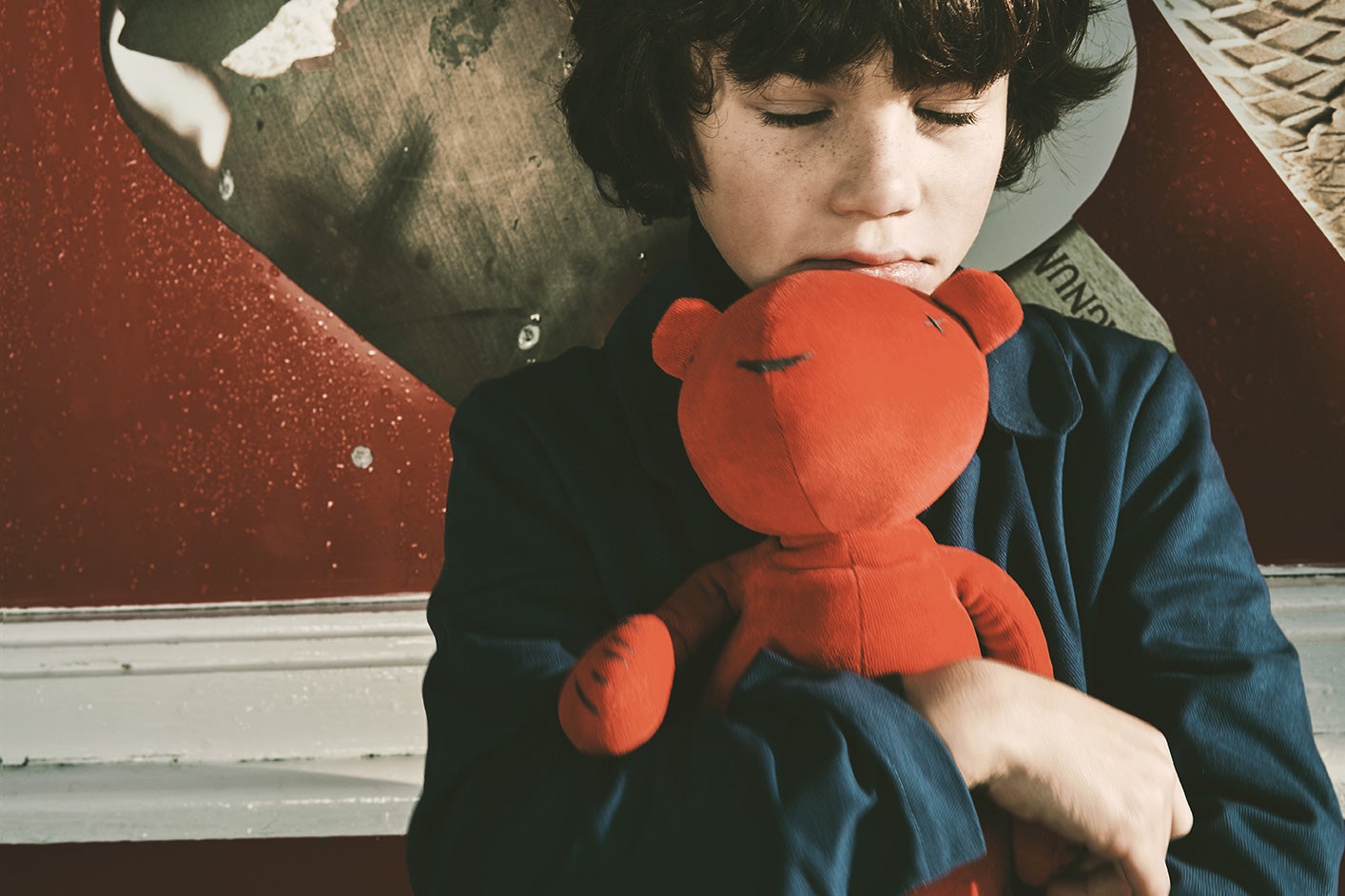
CUDDLY TOYS, MARVELLOUS COMPANIONS FOR GROWING UP
Cuddly toys are an essential part in the healthy development of children and in their attaining independence. They give reassurance in a changing and sometimes frightening world.
The very first cuddly toys appeared at the end of the 19th century in Germany and behind the success of the teddy bear as we know it today and its origins, hides an interesting story.
Focusing on the history of the teddy bear and its development during the twentieth century, you will see a fascinating adventure where interesting parallels can be drawn directly with the evolution of society itself.
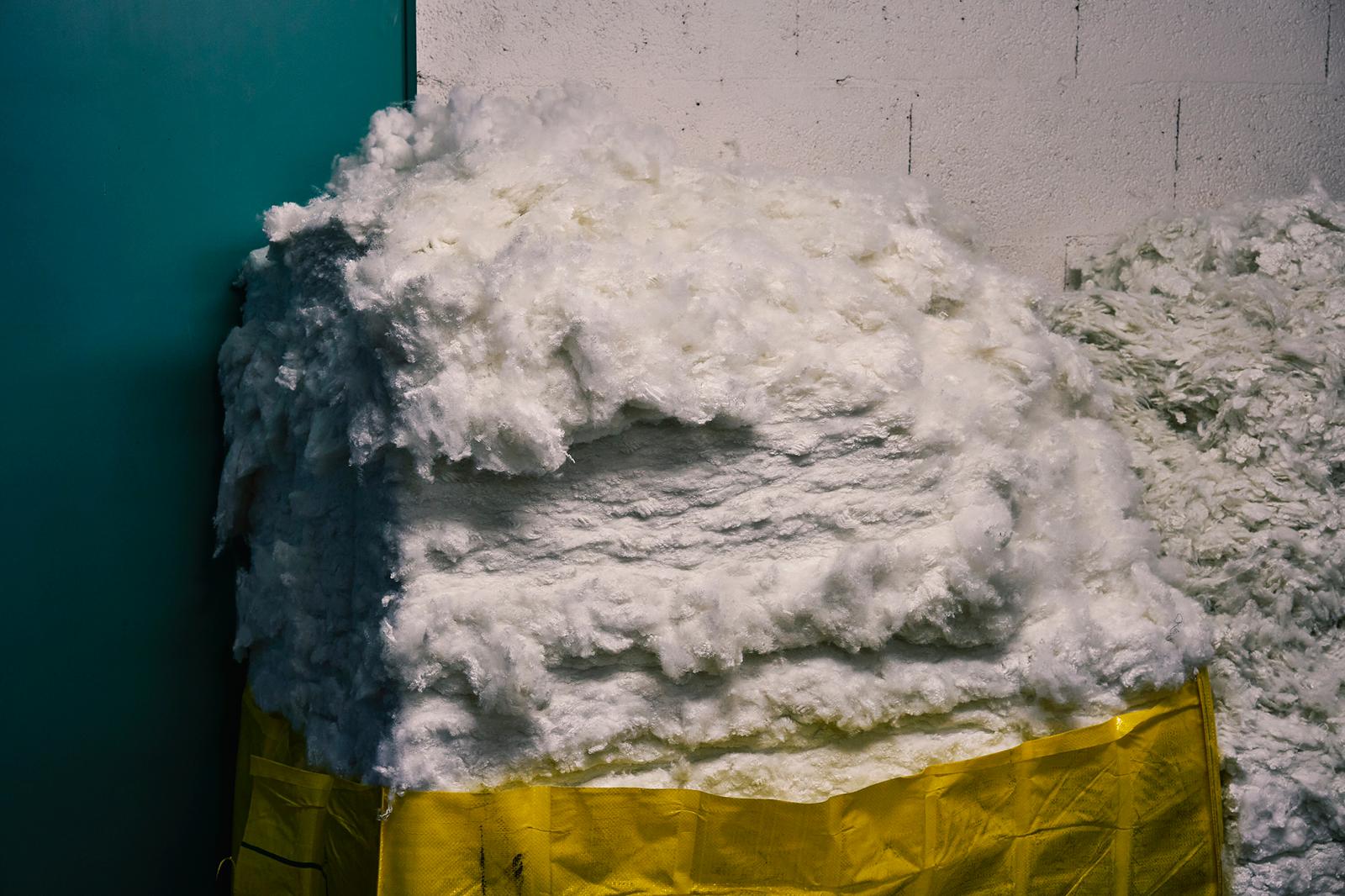
Who invented the teddy bear?
As incredible as it may seem, it appears as if the teddy bear was invented at the same time, in two completely different countries, without any consultation between the different creators.
The first teddy bear was German!
According to the Germans, the very first teddy bear was Friend Petzy, created by Margarete Steiff, founder of the Steiff toy brand and global reference for plush toys.
This woman, suffering from paralysis due to polio, took sewing classes against the advice of her parents in order to gain some independence. In 1877, she founded a felt business, which today would be called a sewing workshop, and recycled leftover fabrics to create her toys.A magazine image as inspiration
Despite the severe handicap which left her with the use of her left side only, Margarete was very successful in business. In 1880, she designed cushions in the shape of an elephant, inspired by a picture she discovered in a magazine.
Children immediately embraced the concept so she extended her range with the addition of other animals. The first Steiff catalogue was printed in 1892 and by 1901, the brand started exporting to the United States.The birth of bear PB55 following a visit to the zoo

The Steiff brand is a family business and Richard Steiff, Margarete's nephew, plays a central role in the history of the teddy. After a visit to the zoo in Stuttgart, he returned with sketches and entrusted them to his aunt who made the first teddy bear, the prototype of which was codenamed Bear PB 55. Success came immediately and, by 1907, production exceeded one million units.
No no! The first teddy bear was American
In fact, the very first teddy bear is also American. Michel Pastoureau explains in his book "Bears: history of a fallen king" that at the same time as Margaret Steiff was busy in Germany, without any contact or collaboration, the famous teddy bear was also born on the other side of the Atlantic.
The teddy bear, a tribute to a big-hearted president
In those days, bears were often hunted and when the hunt ended without a kill, the participants were offered a gruesome consolation prize in order to satisfy their hunting needs. This is how President Theodore Roosevelt found himself facing a defenseless bear cub. He refused to kill it and Clifford Berryman drew a cartoon capturing the event, which was then published in the newspapers of the time.
The articulated American teddy bear is born
Rose and Morris Michtom were inspired by this story to create a mohair bear with articulated limbs. Their company, The Ideal Novelty and Toy company, produced teddy bears and replicas of the initial prototype until 1984.
Marcel Pintel presents the first French teddy bear
Well known to collectors of antique toys, the Pintel brand was the first in France, in 1921, to offer teddy bears in its collection of stuffed and mechanical toys. Its main competitor, FADAP, followed in 1925, both brands are now considered global references by teddy bear lovers.
The Pintel teddy bear does not have a humped back like the German bear and depending on the model, sports either a sad smile or a severe frown. In the 1970s, the same company produced the Colargol bear, the star of a TV show for young people.Stuffed animals have been constantly evolving since the beginning of the twentieth century

First made from bits of used fabric, then from mohair, teddy bears have evolved over time and as witnesses to successive eras, their development has mirrored the social evolution around them.
The teddy bears of the 1920s
In this period, traditional button eyes were replaced with glass eyes, giving the teddies a more lifelike appearance and more personality, thanks to their new deep black pupils and colored irises. In 1921, the creator of miniatures, Schuco, created a Yes/No model, capable of moving its head up and down and from left to right.
After 1930 teddy bears became softer
Initially manufacturers used straw to stuff the bears, making them rather rough and stiff to touch. The straw was eventually replaced by kapok, a natural material that was both softer and more flexible and allowed greater creativity with regards the shape and character of the bears.
Mohair, being an easy material to dye, meant that bears soon appeared in a range of new colors: blue, red, green and even purple. However, despite the introduction of these new colors, the classic beige, brown and black & white bears remained very popular.Stuffed animals during the war years
During the Second World War, restrictions forced manufacturers to be innovative and to consider the use of other materials. This is how sheep's wool, used blankets and cotton stuffing entered into the production process.
The 1950s and their innovations
These were the key years for manufacturing changes. The discovery or Nylon made a huge impact on the world of toys, making it possible to create the first synthetic plush fabric. Woven or knitted, it was combined with a synthetic foam or latex stuffing. Glass eyes were replaced by black or coloured plastic.
Since 1970, safety has been at the heart of the manufacturing process
Today, children's products are tested by specialized independent laboratories to ensure they meet the current safety standards: eyes are firmly attached and flammable materials, such as synthetic shavings, have been replaced with polyester padding.
The standards are rigorous, aimed at preventing the risk that a child might ingest a component part (for example, an eye, a bell, etc.), might manage to split open the seams or might burn themselves due to the use of flammable materials.A soft toy to help children grow up

The moment the stuffed toy becomes an indispensible comforter, is the moment the child has completely adopted it. A tight bond has been formed and it has become a treasured, intimate object to accompany them on all their adventures.
Only a teddy bear can comfort and reassure
When parents leave a child alone in their bedroom, the presence of a teddy bear gives the child a sense of security and helps reduce separation anxiety from their parents. The teddy bear acts as a safety net between the known (parents, environment, etc.) and the unknown (new experiences in the child’s daily life).
An important transitional object in the child's development
Between the ages of 12-18 months, the young child starts to realise that they are an independent person in their own right. At this point in time, the role of the teddy bear is central to the development of the child as it gives the child the courage to explore new environments and to experiment with new things under the watchful eyes of their parents.
The delicate issue of washing the teddies
One of the things that children find reassuring but adults appreciate less, is the teddy’s smell! Children are receptive to the everyday scents that surround them, such as that of their mother's milk, their parents, or even the washing powder that is used. It is the same for the cuddly toy, the smell of which is associated with their emotional comfort.
Not all children are as demanding when it comes to the hygiene of their soft toy. It is possible to get them used to washing their stuffed animal regularly from a very early age by offering them an identical stuffed animal as a replacement on wash day. If the children manage to switch from one to the other, then you will have earned the right to wash the teddy bear in the washing machine, making it good as new!Children's favourite stuffed animals
From a very young age, children develop their own tastes and will decide for themselves which stuffed animal they want to accompany them in their adventures and to comfort them when they need it.
Cuddly animals rule!

Cuddly stuffed cats seem to be a real hit with children. They come in all shapes and sizes, the chubby, realistic and very soft ones compete with the mischievous, the very cute, the Siamese or the lynx.
In an ideal world of stuffed animals, dogs, rabbits, tigers, turtles and dolphins rub shoulders with pandas, lions, flamingos and dinosaurs.
Discover our selection of plush animals here!
Imaginary characters
Unicorns and other fantasy stuffed animals allow children to exercise their imaginations. This is also true for adorable little monsters or unusual creations such as the flying pig or the rabbit-fox (a mish-mash of two much loved animals).
XXL teddy bears
They seem enormous to small children but that's why they play a protective and reassuring role. What a joy to curl up between the soft paws of a giant bear or to rest your head gently on the body of an oversized dolphin!
For children, it is particularly exhilarating to ride a giant dinosaur or to step over a cuddly giraffe to live, quite simple, a moment of happiness and complicity.

